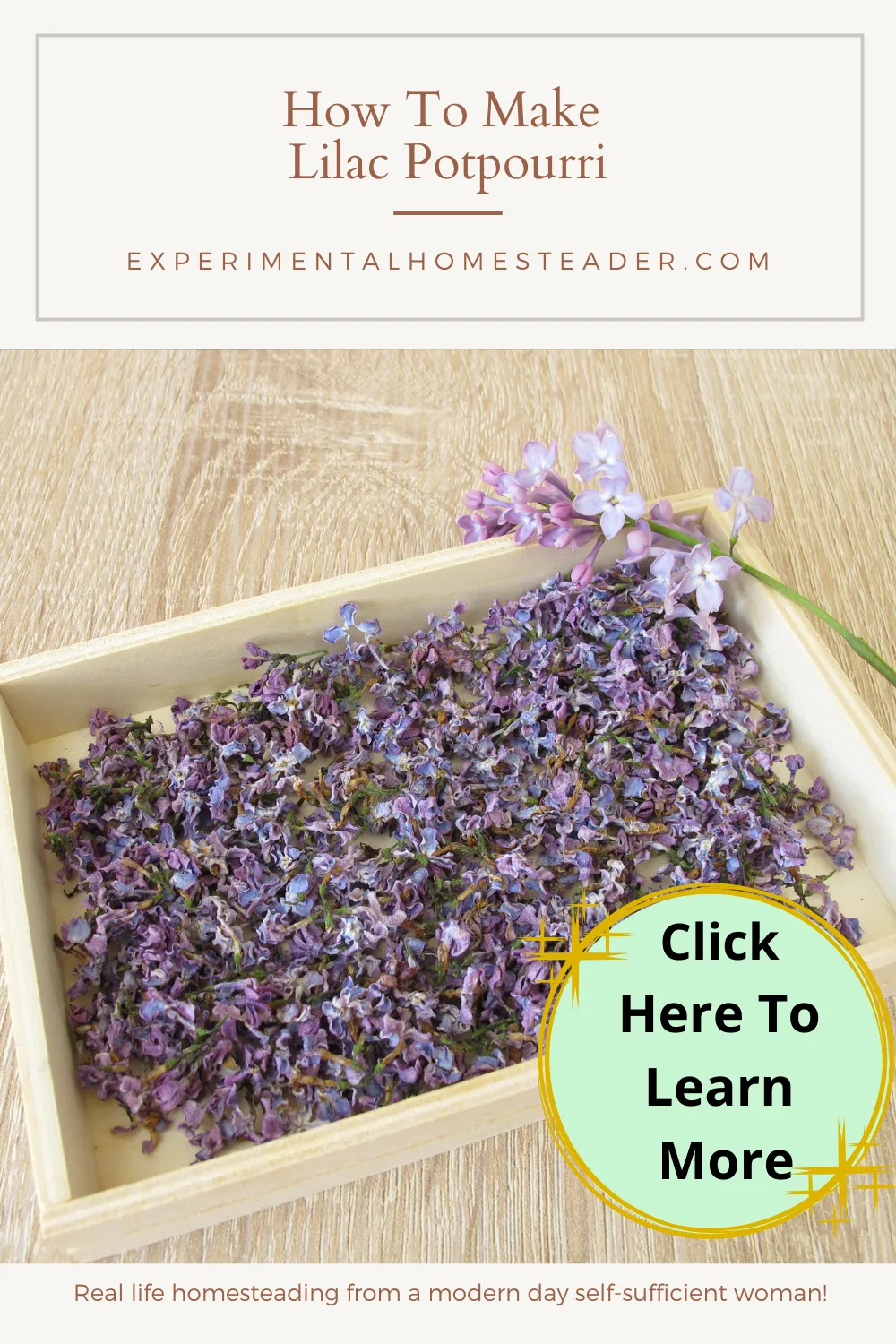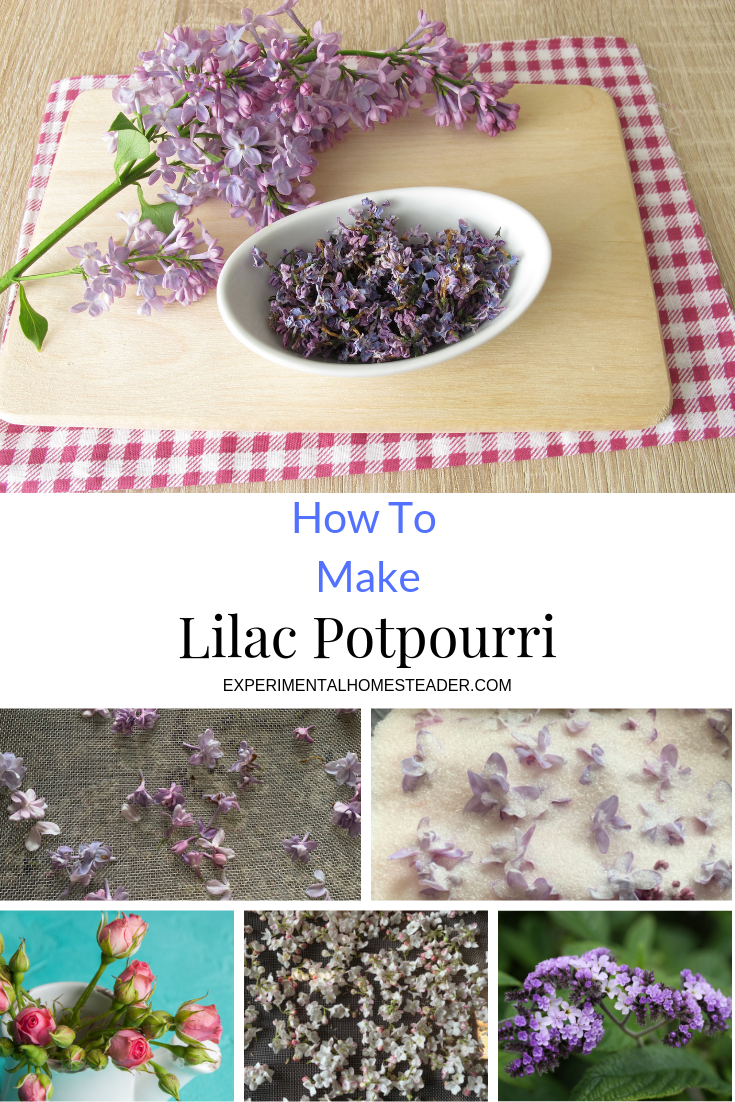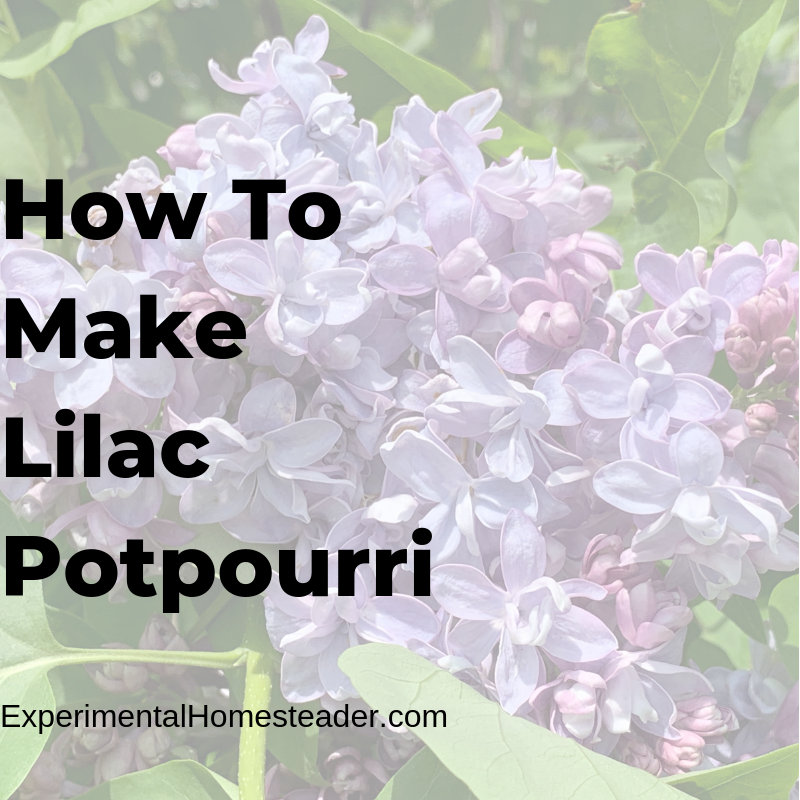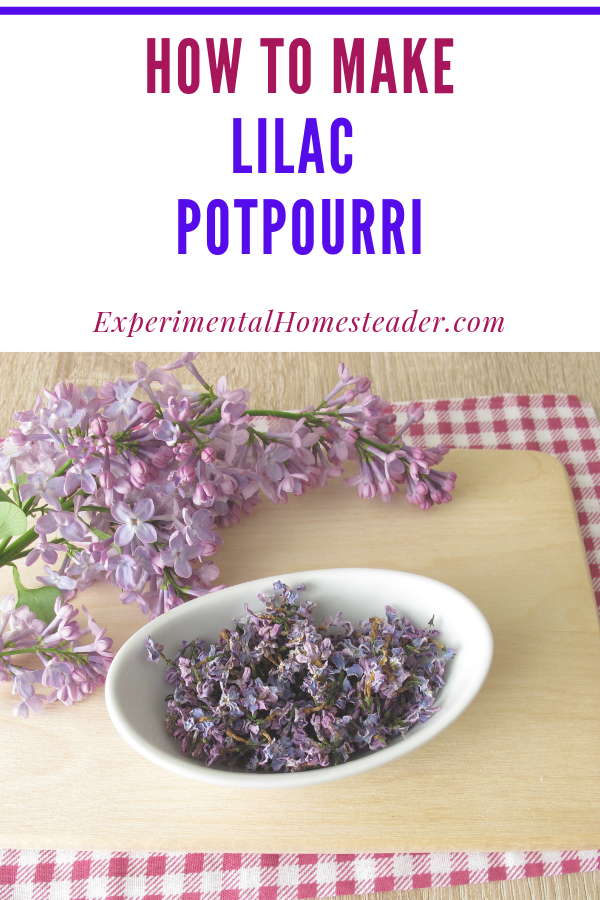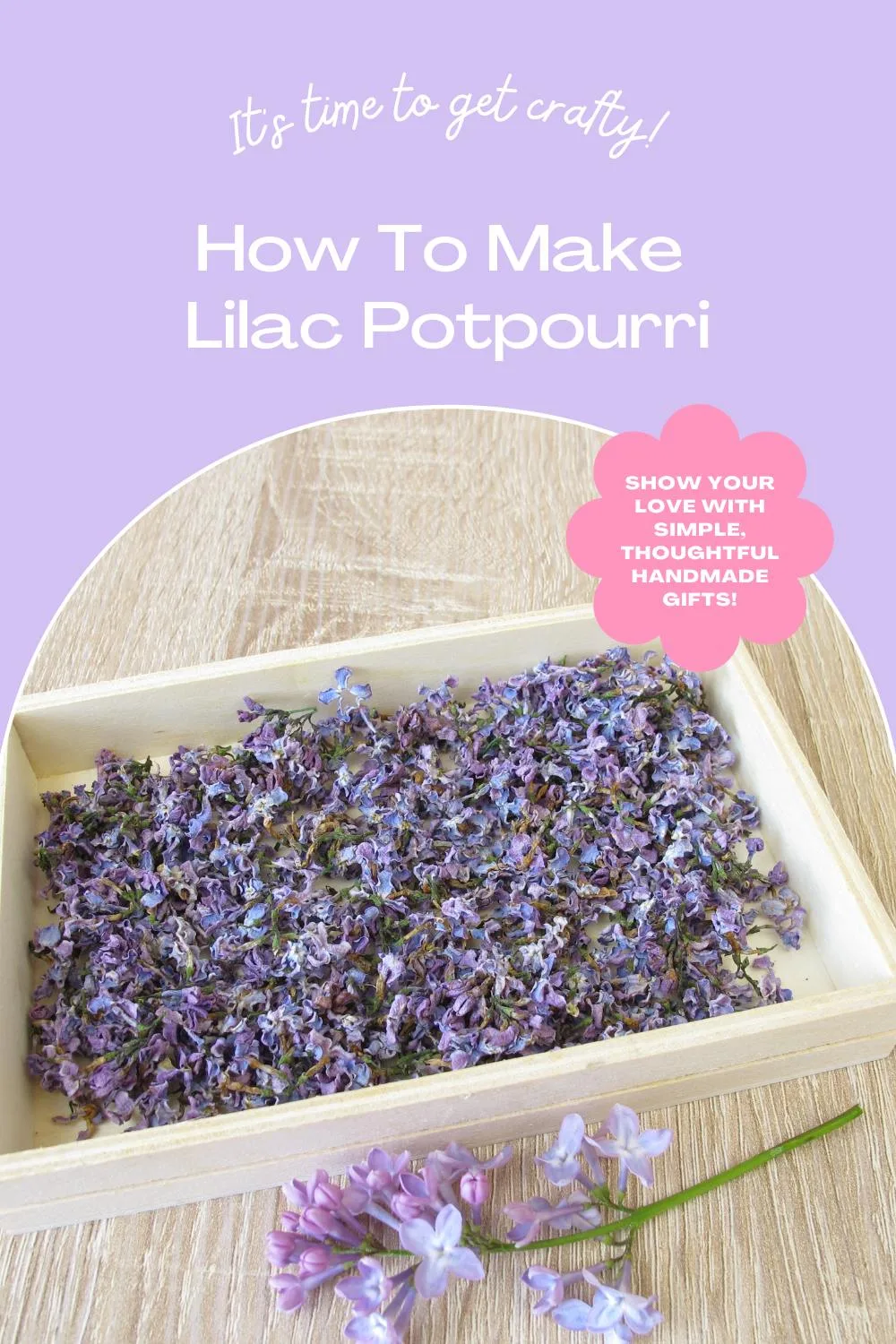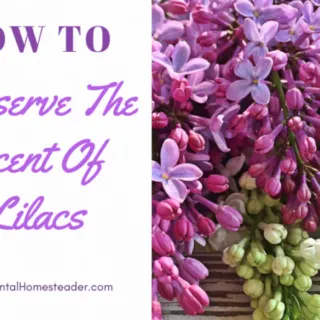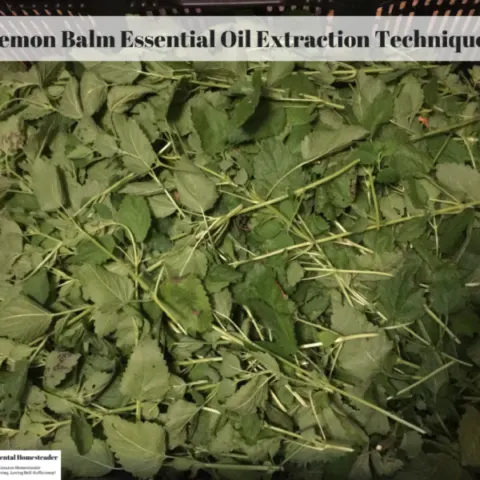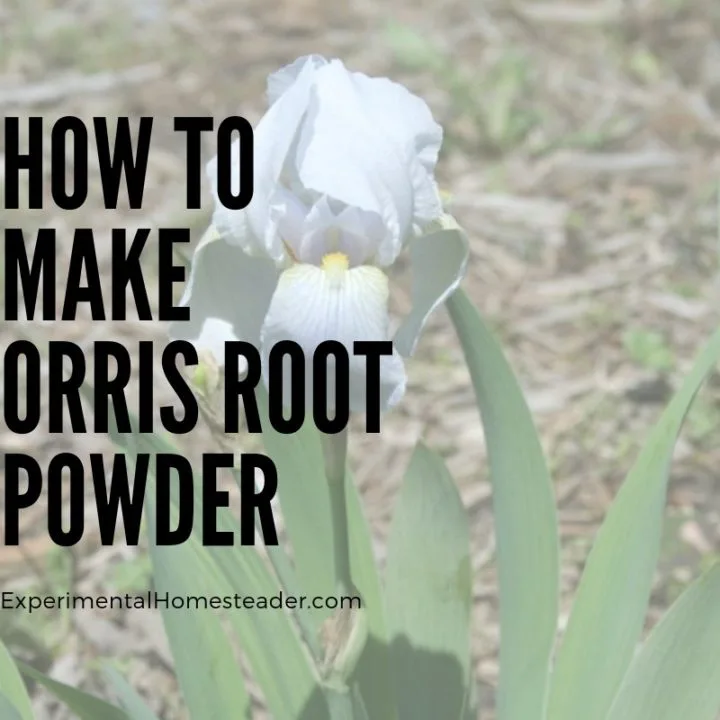If you’ve ever wondered how to make lilac potpourri, you are not alone.
That lilac flower smell is something that everyone loves to have around as much as possible.
If you’re ready to learn how to capture lilac scent, read on for all my tips!
How To Make Lilac Potpourri
Lilac potpourri is quite popular, and for good reason!
However, finding all of the materials needed to make your own lilac potpourri does require you to collect and dry some of the plant material yourself.
But in reality, it is always best to harvest flowers and herbs from your own garden when making homemade potpourri.
Of course, once it is made, it is easy enough to refresh the scent from year to year by either adding new materials to the older ones, making a whole new batch or using essential oils or even hydrosols to refresh it.
In fact you can make your own essential oils at home and then separate the hydrosol yourself.
I do not recommend fragrance oils because they can cause health issues.
The good news is that getting that lilac flower essence in your home year-round is totally possible to do.
The following tips will show you just how easy it can be to get that smell of lilacs easily!
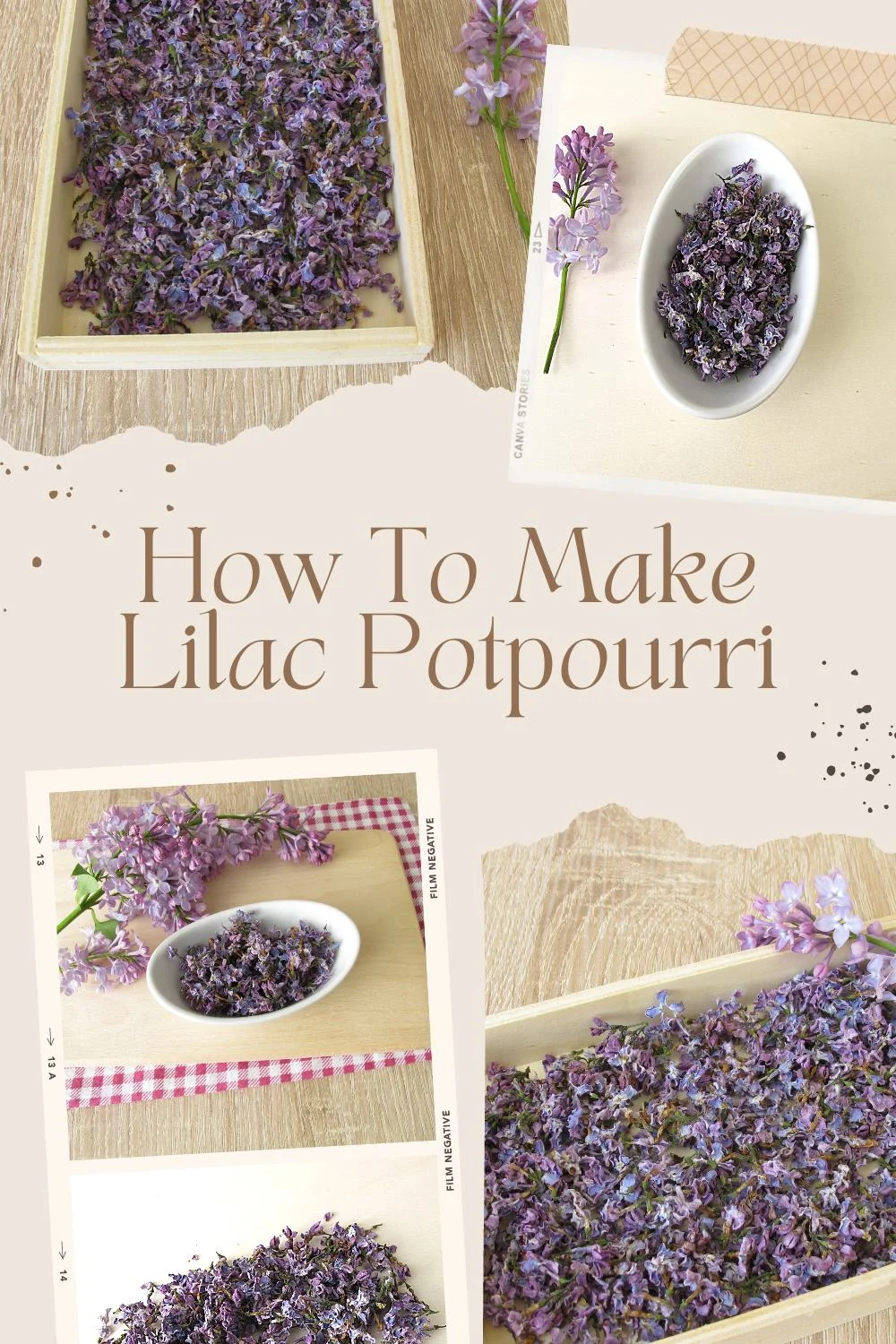
What Do Lilacs Smell Like?
Before we dive into the sweet-smelling secrets, let’s talk about the lovely scent of lilacs.
Anything lilac scented needs to actually smell like lilacs, but what exactly do these flowers smell like?
Many people describe the scent of lilacs as a “deeper rose” smell, and some say that it smells a little bit like vanilla.
When To Pick Lilacs
Make sure that when you’re picking lilacs, you’re picking them in the early evening hours or the morning hours, not during the warmest or brightest part of the day.
You should also pick lilacs once 3/4 of the flowers have opened.
Now that you know how to harvest lilac flowers, keep your eyes peeled for the perfect time!
What To Do With Lilac Flowers
Lilac flowers offer many great benefits.
You can keep them fresh in your home and then dry them out to make potpourri.
They are also edible.
I say use them any way that you like and for as long as you’d like.
Why Do My Lilacs Not Smell?
Some types of lilacs don’t have a strong scent.
Make sure you take a whiff before using!
The smell of lilacs might go down a bit as well depending on if you’ve treated the flowers with a fertilizer or chemical spray.
It is best to use organic grown flowers for potpourri or any other edible or non-edible craft.
How Do You Dry Lilacs For Potpourri?
There are several ways to dry lilacs for potpourri and of course, the best method depends on what the outcome you wish to achieve is.
Lilac flowers do have a tendency to shrivel up and sometimes turn brown when they dry, so keep that in mind.
Air Drying Lilac Flowers
One of the easiest methods to dry lilacs for potpourri is to cut the flowers off the stems and lay them out on a screen so they can air dry.
Another method is to hang them upside down in a dark, warm and dry area that gets good air circulation.
Air drying lilac blooms can take as long as three weeks, regardless of whether you dry them on a screen or hang them to dry.
If you are in a hurry to make lilac potpourri or want to make sure the lilac flowers look like they are fresh and retain their color, air drying is not the best solution.
Drying Lilac Flowers In A Desiccant
Silica gels or a mixture of sand or cornmeal and borax are a better solution if you are in a hurry or wish to retain the shape or color of the lilac blooms.
Silica gel can take anywhere from two days up to one week, depending on how many lilac blooms you are drying.
To dry them using sand and borax, simply mix 2 parts borax to 1 part sand or cornmeal and carefully bury the flowers in the mixture.
Be aware, however, that this method does take longer than using silica gel.
The average drying time for lilac flowers in a borax mixture is two to three weeks.
The use of a dehydrator or an oven is not recommended as the heat will destroy the lilac scent.
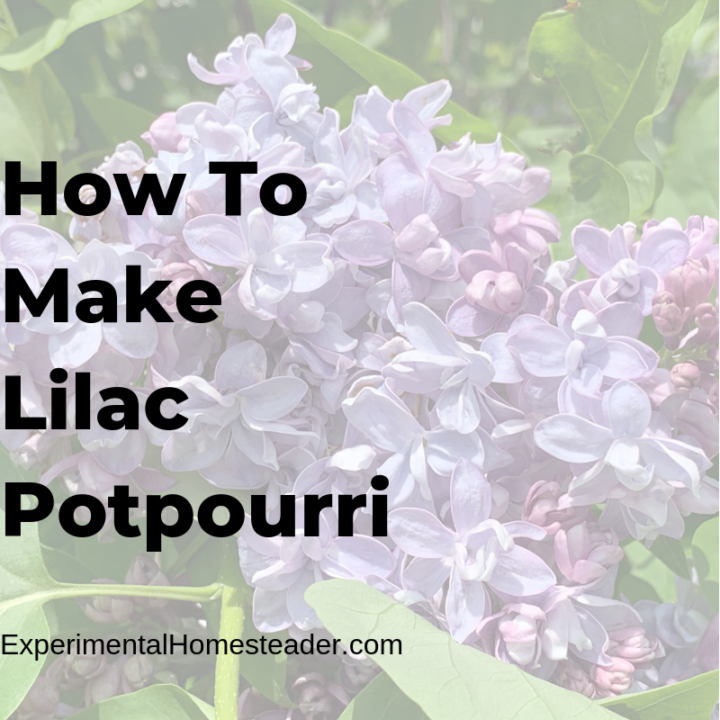
How To Make Lilac Potpourri
Learn how to make lilac potpourri with flowers from your own garden! This homemade lilac potpourri can be used in any way you would normally use potpourri. You can display it in a container or simmer it in water, whatever your personal preference is.
Materials
- ¼ cup dried lilac flowers
- ¼ cup dried viburnum flowers
- 1/8 cup dried mini roses or rose petals
- 1/8 cup heliotrope flowers
- 1 ounce orris root
- 4 drops vanilla essential oil
- 4 drops lilac fragrance oil
Instructions
- Place the orris root in a glass container with a lid.
- Sprinkle the vanilla essential oil and the lilac fragrance on top of the orris root and seal the container.
- Allow the orris root to soak up the oils for two to three days.
- Then open the container and add in the dried flowers.
- Seal the container.
- Allow the flowers to sit in the container with the orris root and the oils for two to three weeks. Be sure to check the container from time to time and be sure the container is in a cool, dark, dry place so it does not draw moisture.
- After two to three weeks, open the container and see if you are satisfied with the scent.
- If so, go ahead and use the potpourri as you normally would.
- If not, seal the container back up and wait for another week.
Recommended Products
Sheri Ann Richerson is a participant in the Amazon Services LLC Associates Program, an affiliate advertising program designed to provide a means for sites to earn advertising fees by advertising and linking to Amazon.com.
-
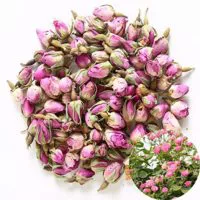 TooGet Fragrant Natural Pink Rose Buds Rose Petals Organic Dried Rosa Damascena Wholesale, Culinary Food Grade - 2 OZ
TooGet Fragrant Natural Pink Rose Buds Rose Petals Organic Dried Rosa Damascena Wholesale, Culinary Food Grade - 2 OZ -
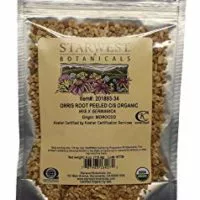 ORRIS ROOT PEELED C/S ORG 4 OZ
ORRIS ROOT PEELED C/S ORG 4 OZ -
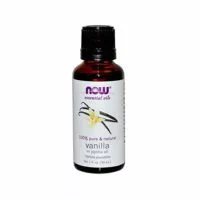 Now Solutions Natural Vanilla Essential Oil (in Jojoba Oil), 1-Ounce
Now Solutions Natural Vanilla Essential Oil (in Jojoba Oil), 1-Ounce -
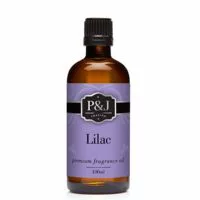 Lilac Fragrance Oil - Premium Grade Scented Oil - 100ml/3.3oz
Lilac Fragrance Oil - Premium Grade Scented Oil - 100ml/3.3oz -
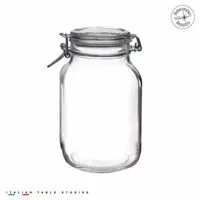 Bormioli Rocco Clear Fido 67.75 oz. Glass Storage Jar: Airtight Lid With Leak Proof Gasket, Wide Mouth Kitchen Food Container - For Zero Waste Air Tight Preserving Jam, Spices, Coffee, Sugar & Herbs
Bormioli Rocco Clear Fido 67.75 oz. Glass Storage Jar: Airtight Lid With Leak Proof Gasket, Wide Mouth Kitchen Food Container - For Zero Waste Air Tight Preserving Jam, Spices, Coffee, Sugar & Herbs
How Do You Freshen Lilac Potpourri?
The easiest way to freshen lilac potpourri that has lost its smell is to use the original fragrance or essential oils that the potpourri was made with.
For example, should you want to freshen up this lilac potpourri, simply put the potpourri into a sealed glass container and then add the vanilla essential oil and the lilac fragrance oil, in the same amounts you originally did to the potpourri.
If you can find lilac extract or lilac infused oil, those would be great options as well.
Leave the potpourri sealed in the container for a couple of weeks so the scent is completely absorbed and then put it back into the container you were displaying it in.
Another option is to simply sprinkle the essential oils on top of the potpourri without removing it from the display container.
The disadvantage to that is the fragrance will quickly evaporate and the orris root might not have time to absorb quite as much of the fragrance as it would had the potpourri been in a sealed container.
How Long Does Homemade Lilac Potpourri Last?
There are so many variables to this question!
Homemade lilac potpourri can last anywhere from two months to several years.
The location where you keep the homemade lilac potpourri is important.
To get the most out of your homemade lilac potpourri, display it in an area out of direct sunlight that is draft free.
Placing the potpourri in a semi-enclosed container also helps it to last longer than it would in an open container.
You can also try a lilac enfleurage which is quite a process but is great for making that lilac smell stick around!
Another option is to make an old fashion moist potpourri with fresh lilac flowers.
When done right, the scent of a moist potpourri lasts for years.
Where Can I buy Lilac Flowers Near Me?
If you don’t have your own lilacs, head to the local greenhouse or talk to family and friends and see if they have any lilacs.
Another place you might find lilac flowers to buy is your local florist.
Be sure to ask if they were organically grown if you intend to use the flowers, especially if you are going to use them in an edible product like lilac jelly.
You may find that there are people that have lilacs growing in their yard who are totally fine with you picking some of the flowers.
What Are Some Great Lilac Fragrance Products?
Lilac potpourri is at the top of our list, but don’t forget that you can find other products that smell like lilacs as well.
There is lilac soap, lilac body scrub, lilac perfume, lilac scented candles and more!
Of course, one of the easiest ways to preserve the scent of lilacs for homemade body products is the enfleurage method.
Potpourri And Natural Fragrance Extraction
How To Preserve The Scent Of Lilacs
Do you love the lilac scent? Learn how to preserve the scent of lilacs yourself. You can use the fragrance extraction in homemade bath and body products.
How To Use Hydrosols
Many natural skin products contain hydrosol instead of essential oil. Learn how to use hydrosols in your everyday life plus find out where they come from.
Lemon Balm Essential Oil Extraction Techniques
Make your own scented oils and hydrosols with plant material from your own garden using essential oil extraction techniques.


